Besides the three-stage style, what other cooking techniques do you know?
Compared with other kinds of coffee, there are many ways to make (brew) hand coffee. For example: one-cut flow, three-stage type, volcanic flushing, variable temperature cooking, stirring and so on. Today, let's get to know some common brewing methods of hand-made coffee.
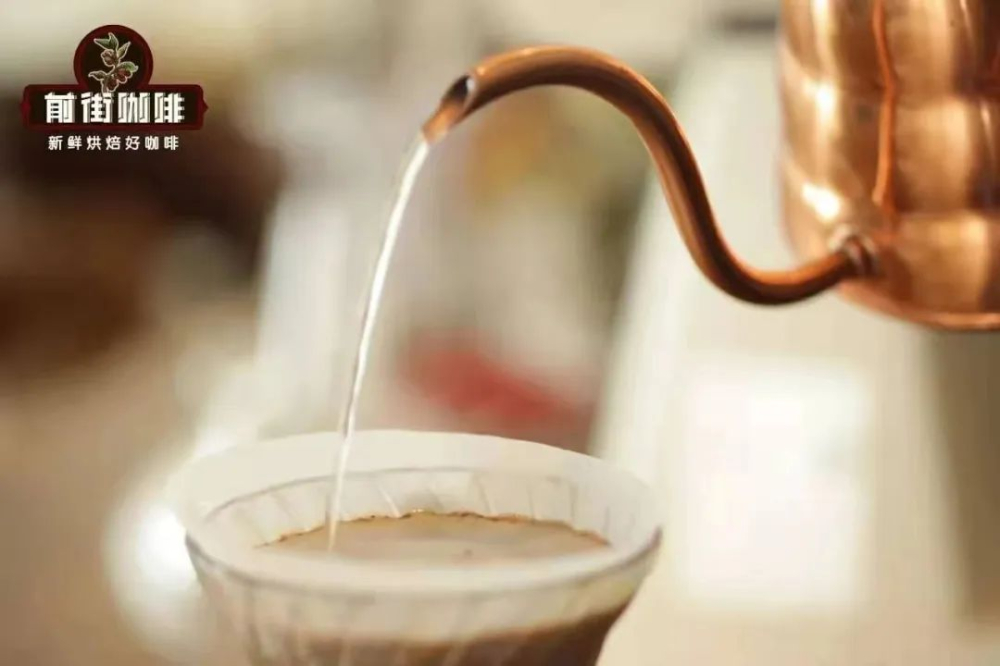
1. There is a certain difference between the one-knife flow and the one-throw type, which is the injection of all the target water in one breath, while the one-knife flow is divided into two sections, one as the steaming of the front section, and the other is to inject the remaining water at one time. As the theory and technique of cooking are simple and easy to understand, we can see this method in many places.
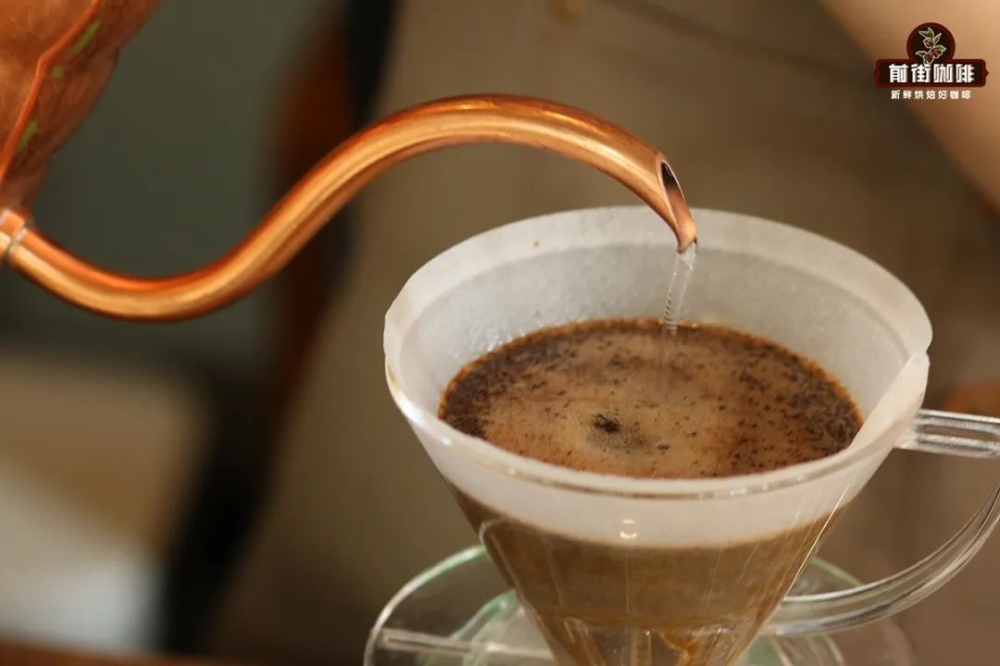
Its name is also quite special-"one knife flow", which comes from a school of Japanese swordsmanship. The reason for this name is roughly because the water injection section during cooking is like being cut off by a knife, so it is divided into two paragraphs. Taking the water of 15g powder 225ml as an example, the segmented water of one-cut flow is steamed 30ml + disposable water injection 195ml, and the total extraction time is about 2 minutes. The characteristic of this cooking technique is that it can be extracted stably, and the flavor is relatively clean, because the latter part of the substance will not be extracted. This is one of the most commonly used cooking techniques in Qianjie-"three-stage style". Because coffee contains different substances, its dissolution rate is also very different, to put it simply, the order of flavor released by hot water is: first sour, then sweet, then bitter. Then the purpose of segmented water injection is to extract all the aromatic substances it holds.
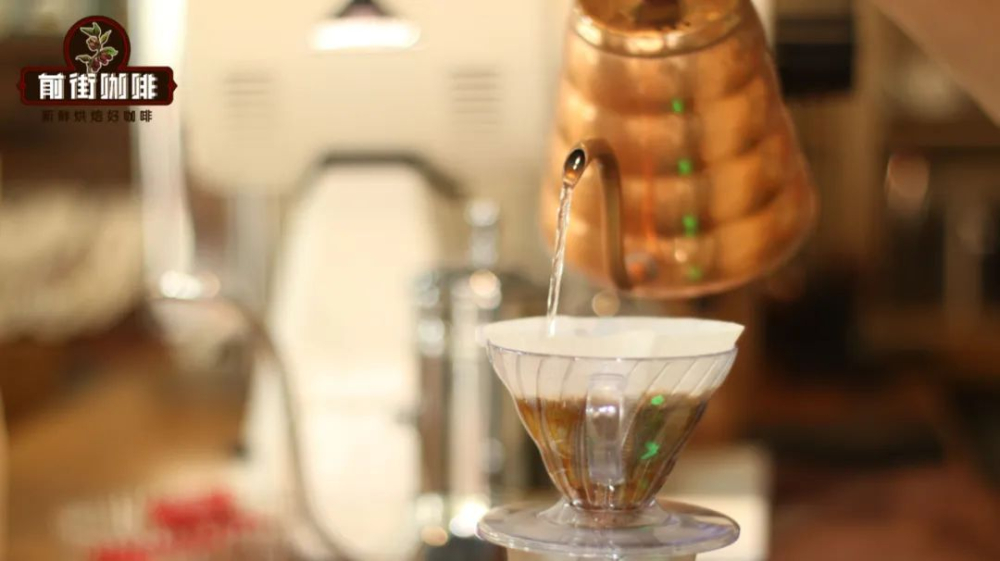
Also take 15g powder 225ml water as an example, its three front streets are divided into steaming 30ml + the first stage of water injection 95ml + the second stage of water injection 100ml, its extraction time is relatively longer. In addition to the steaming stage, under the same proportion of powder and water injection, the more paragraphs are divided, the more times the powder layer is washed, and its time will be relatively prolonged. The coffee extracted by three-stage extraction can dissolve the flavor substances more fully, increase the sense of hierarchy, and have higher compatibility. Three, four and six "four and six" was invented by Mr. Satsuya of Japan, whose idea is that "anyone can make delicious coffee." So this method is very simple, do not need more stable water control, do not need a high understanding of brewing, as long as according to the formula to brew, you will be able to make a good cup of coffee.
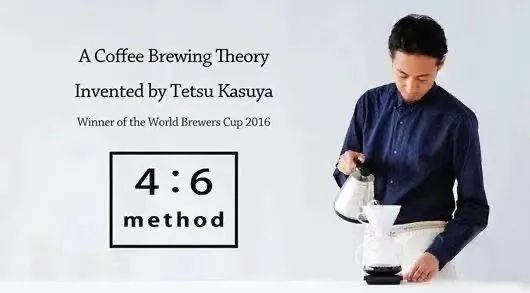
Pak Gu Zhe's understanding of Si Liuchong is that the first two stages of water injection is 40% of the total water injection, and their main work is to determine the direction of coffee flavor (to guide the balance between acid and sweetness), while the amount of water injection in the remaining three stages is 60% of the total water injection. Their job is to determine the intensity of the coffee taste, that is, the alcohol thickness.
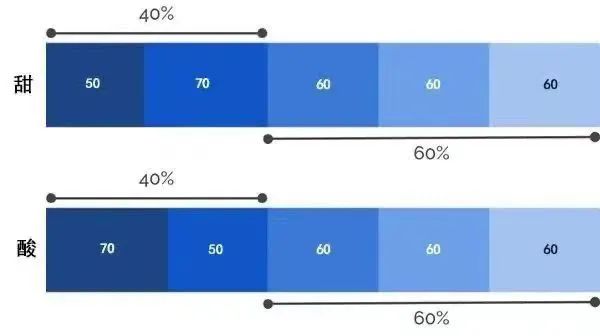
The most commonly used amount of powder in the four-six method is 20g, and the amount of water is 300ml, which is divided into five stages, each section of 60ml water, and the water injection interval is 45ml (including the time of water injection). Although what the rice valley Zhe said is simple, the rollover rate of many people after using four or six brewing is still relatively high, and most of the contents of the rollover are excellent. Because the extraction time is long, many people do not adjust the grinding, resulting in the use of conventional grinding particles for direct brewing, resulting in excessive extraction of coffee.
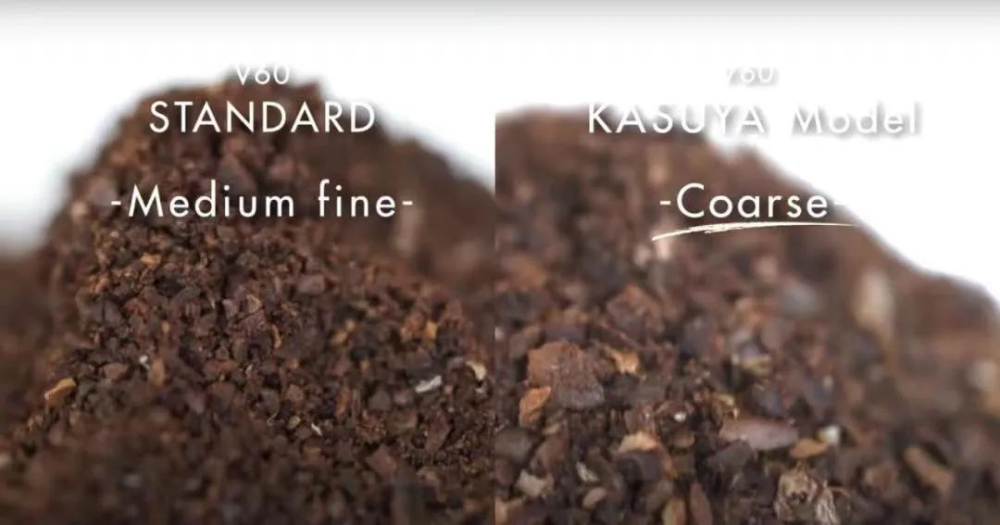
Therefore, we need to adjust the grinding to a thicker state to make up for the excessive consequences caused by too long extraction time. Qianjie generally uses coarse particles with a pass rate of 50% of the No. 20 sieve. After being extracted for a long time, the coffee brewed has a mellow taste that conventional coffee does not have. The three-warm brewing method invented by Mr. Wu Zelin is actually a kind of variable temperature brewing. As the name implies, it is brewed at different temperatures. He is based on 16g powder. Then use the water of 240ml to cook with 40ml, 60ml, 60ml and 40ml respectively. The first two stages use 94 °C water temperature for cooking, the third stage uses a slightly lower water temperature of 90 °C, and the last stage uses a water temperature of 80 °C for cooking, thus forming a step-by-step variable temperature extraction.
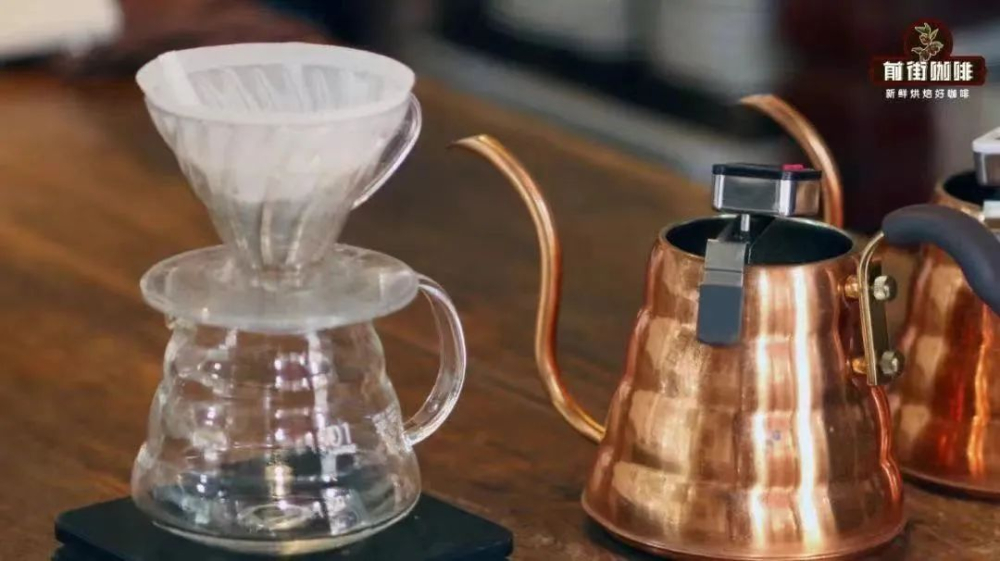
The concept of variable temperature extraction is also easy to understand, that is, higher water temperature is used to extract the rich flavor substances in the front section, and then lower water temperature is used to end in order to avoid the over-extraction risk caused by continuous high temperature extraction. However, this brewing method has a certain degree of difficulty, and it takes a lot of brewing tests to find out that it meets the current temperature standard of coffee beans. So, when you set the right temperature standard, you will eventually get a cup of coffee with a strong flavor. Fifth, the method of volcanic flushing comes from Japan. Its name comes from the carbon dioxide contained in coffee beans, which forms a large drum bag with fine coffee powder floating on the surface, which looks like a mountain. The hot water injected in the middle will accelerate the exhaust of coffee powder, which looks like a volcanic eruption, so it is named volcanic flushing.
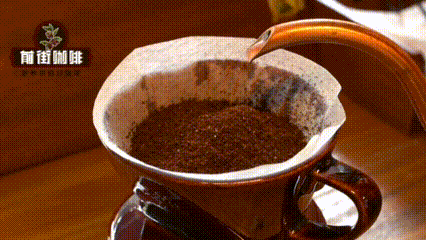
It is more suitable for deep-roasted coffee beans, because only deep-roasted coffee beans can emit enough gas to form mountains. The filter cup uses a fan-shaped filter cup, the amount of powder is 30g, the more powder, the better the visual effect of the volcano, and the grinding is a little coarser. Then use 300ml (powder-to-water ratio at 1:10) for brewing, first steaming with twice the amount of hot water for 30 seconds, and then in the center for multiple, small, gentle repeated injections, with no limit for each injection, and when your water level begins to drop, you can proceed to the next section of water injection until the target water volume is finished.
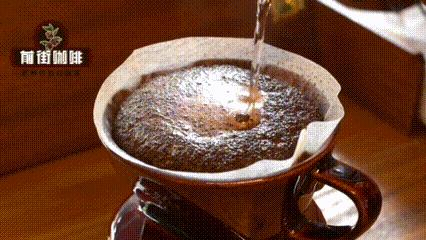
The volcano has two unique advantages, the first is extremely ornamental, brewing coffee at the same time also enjoy a visual feast. The second is that the coffee tastes balanced, high sweet and not bitter. Friends who like deep-roasted coffee are worth a try. 6. The rise of the stirring method originated from the 12-year-old World Coffee Brewing Champion Matt Perger, who used this technique to win the championship, and then uploaded a video on a foreign video website showing that he used a stick to stir up and down first, then left and right, and then up and down.
, the length is 02:37.
The purpose of stirring is to let the coffee powder tumble after being stirred, so that it can be evenly moistened by water, and finally achieve balanced extraction. For example, in the steaming stage, the water injection will only slowly infiltrate downward without stirring, which leads to the powder bed at the bottom does not have enough time for steaming exhaust, so it is necessary to increase the impact of the first stage of water injection to make up for the extraction.
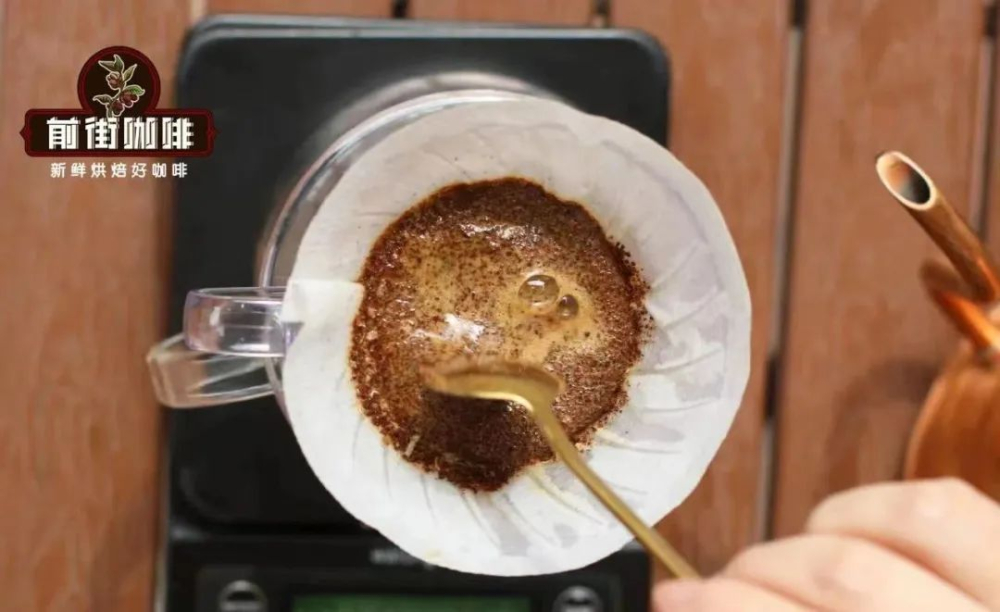
However, the stirring technique is relatively difficult, and the fine coffee powder will move down to the bottom of the filter cup because of the flow around the stirring, which is easy to cause blockage. Secondly, because there is no unified technique and strength, we all stir each other, and the individual mixing can not be used for reference to the mixing techniques of another person, many of which just look the same, but in fact, the strength and orientation are completely different. therefore, in the operation, we must fully understand the strength and method of mixing, as well as whether the characteristics of beans can be adapted to re-use.
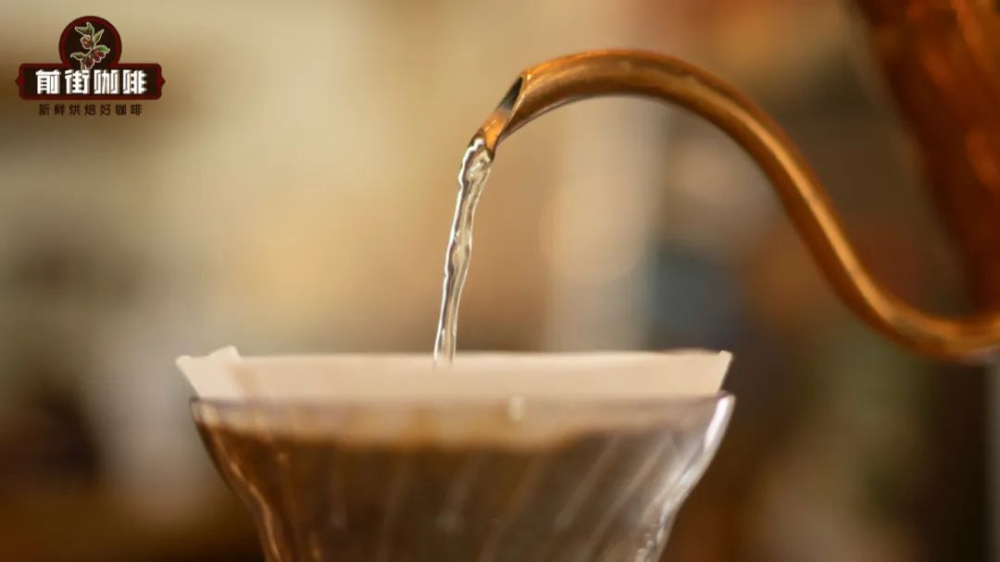
But in the final analysis, all the cooking methods actually adjust and change around the release order of sour, sweet and bitter flavor substances. When you understand the principle of flavor release, then what kind of cooking method should be used is no longer the focus of consideration, the point is that you know what flavor it can bring to you, so that you can use it freely. This is why Qianjie has been using the three-stage style as a common cooking reason.
-END-
Front Street Cafe
No. 10 Baoqian street, Yandun road, Dongshankou, Yuexiu district, Guangzhou, Guangdong province

Important Notice :
前街咖啡 FrontStreet Coffee has moved to new addredd:
FrontStreet Coffee Address: 315,Donghua East Road,GuangZhou
Tel:020 38364473
- Prev

Into the brewed coffee & quot; rehydration & what is the operation of quot;?
I believe that many friends can often hear a word "Bypass" when they see someone filling coffee liquid with water. The translation of "Bypass" is "bypass, bypass". It seems that it has nothing to do with pouring water into the coffee liquid, and the reason why the word appears here
- Next

Self-taught the misunderstanding of hand-made coffee, how many did you step on?
With the development of boutique coffee, hand-made figures can now be found in all kinds of cafes. It has also become the first choice for many people to study coffee by virtue of its pure flavor, low entry cost and easy operation. In this era of developed network information, the ways of self-learning hand-made coffee are increasing, not only
Related
- Beginners will see the "Coffee pull flower" guide!
- What is the difference between ice blog purified milk and ordinary milk coffee?
- Why is the Philippines the largest producer of crops in Liberia?
- For coffee extraction, should the fine powder be retained?
- How does extracted espresso fill pressed powder? How much strength does it take to press the powder?
- How to make jasmine cold extract coffee? Is the jasmine + latte good?
- Will this little toy really make the coffee taste better? How does Lily Drip affect coffee extraction?
- Will the action of slapping the filter cup also affect coffee extraction?
- What's the difference between powder-to-water ratio and powder-to-liquid ratio?
- What is the Ethiopian local species? What does it have to do with Heirloom native species?

